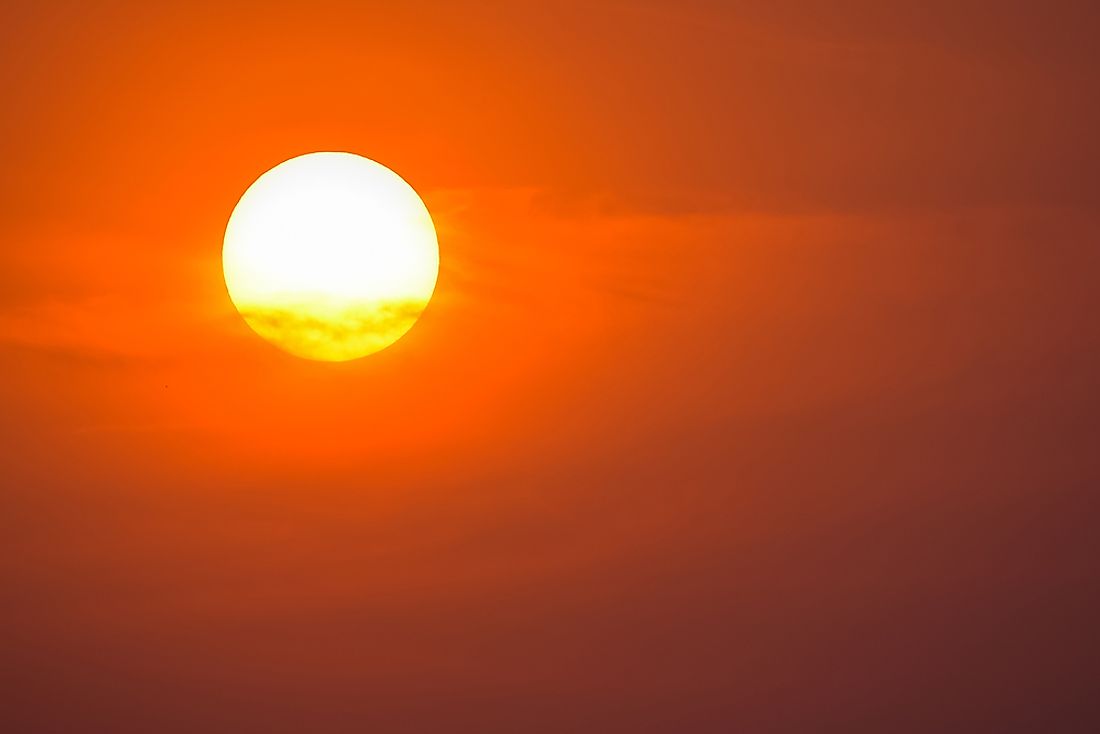What Causes A Heat Wave?

A heat wave is an unusually hot weather phenomenon in which a certain area experiences high temperatures and high humidity which can last for several days. During this period, the normal temperatures of the area are exceeded by a huge margin compared to the usual temperatures of that particular season. A heat wave poses many dangers to the inhabitants of a certain area and can lead to many deaths and severe illnesses if the phenomenon is prolonged. A heat wave can be relative depending on where you live. To some, certain temperatures that are normal can be considered a heat wave to a person coming from a low-temperature area.
What Causes A Heat Wave?
A heat wave is formed when the upper atmosphere contains high pressure which makes it stationary over a region. This stationary mass of air can remain stagnant for several days and weeks, trapping more heat and reducing convection currents. As a result, there is accumulated heat and high humidity without any precipitation or rainfall. This creates the abnormally high temperatures. Heat waves are quite common during the summer season, from May to November in the northern hemisphere.
The high pressure forces air to sink to the surface of the land and acts as a barrier for heat to rise. This blankets the earth surface and traps all elements of weather without allowing them to escape.
The Hazards Of A Heat Wave
A heat wave is potentially more dangerous than other natural events such as hurricanes, lightning, and tornadoes. Aside from causing uncomfortably high temperatures, heat waves can result in heat illness, poor air quality, wildfires, and drought.
- Extremely high temperatures are associated with heat exhaustion, heat stroke, and heat cramps. When the external temperature is higher than the internal body temperature, our bodies become vulnerable to the mentioned heat-related illnesses. The body is unable to regulate and maintain the optimal temperature under such conditions.
- Pollutants and harmful chemicals trapped underneath the blanket of hot air reduces the quality of air that we breathe and hence harmful to our health.
- Bushfires and forest fires are common during a heat wave. This is because the dried out vegetation can easily catch fire which easily spreads devouring a whole forest or vegetation cover.
- The infrastructure is also affected under this conditions. High heat causes highways and roads to buckle and crack, water lines can burst and transformers can explode. This physical damage to important infrastructure can delay service delivery and cost a lot of money to repair and replace.
- Heat waves have also been associated with high levels of psychological stress among humans which affects performance and productivity. It is uncomfortable to live in excess heat. This has a bearing on many factors in society such as crime level. When the temperatures are unusually high, it has been noted that crime increases. In addition, there is an increase in interpersonal conflict due to high-stress levels.
In conclusion,
The probability of a heat wave occurring is very high due to global warming and climate change. This is because global warming destroys the ozone layer which prevents harmful sun rays from reaching the earth surface. This increases the average global temperature and therefore the starting baseline for a heat wave.











